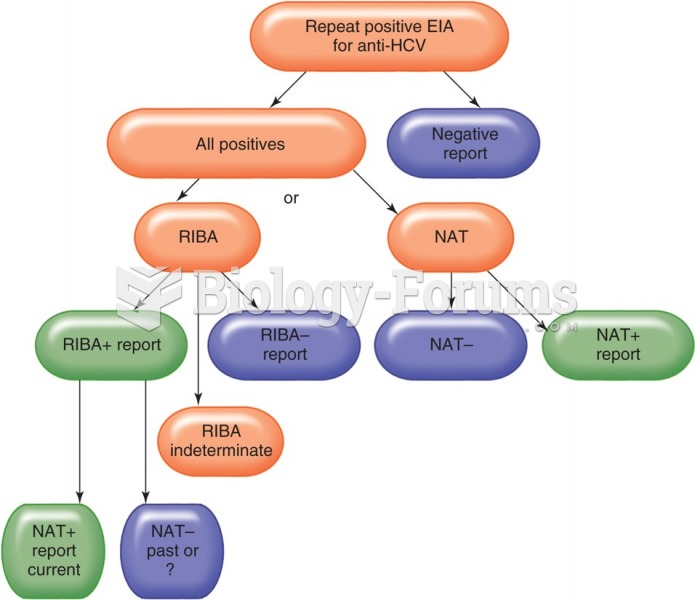|
|
|
Did you know?
Computer programs are available that crosscheck a new drug's possible trade name with all other trade names currently available. These programs detect dangerous similarities between names and alert the manufacturer of the drug.
Did you know?
For high blood pressure (hypertension), a new class of drug, called a vasopeptidase blocker (inhibitor), has been developed. It decreases blood pressure by simultaneously dilating the peripheral arteries and increasing the body's loss of salt.
Did you know?
There are more sensory neurons in the tongue than in any other part of the body.
Did you know?
There are 20 feet of blood vessels in each square inch of human skin.
Did you know?
Nearly 31 million adults in America have a total cholesterol level that is more than 240 mg per dL.







